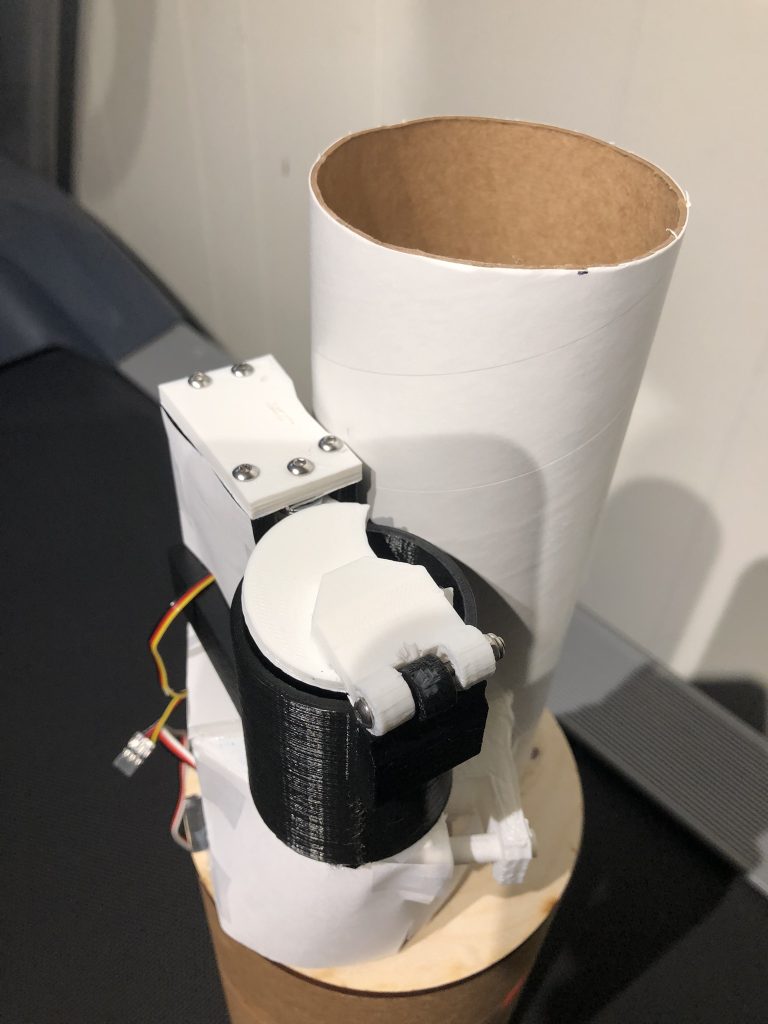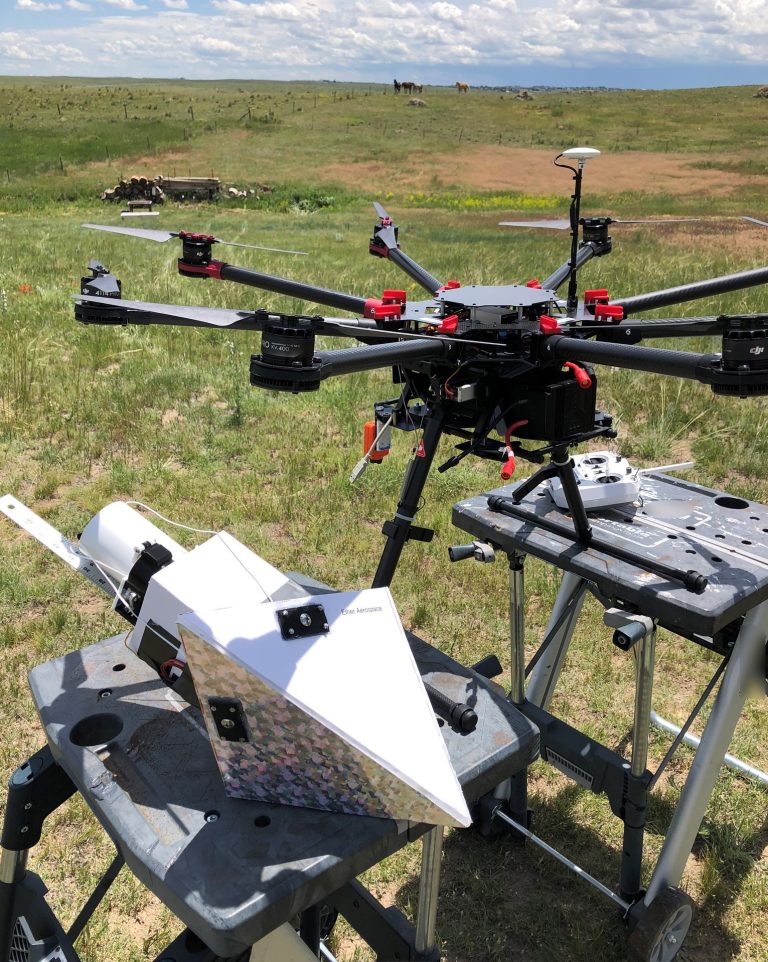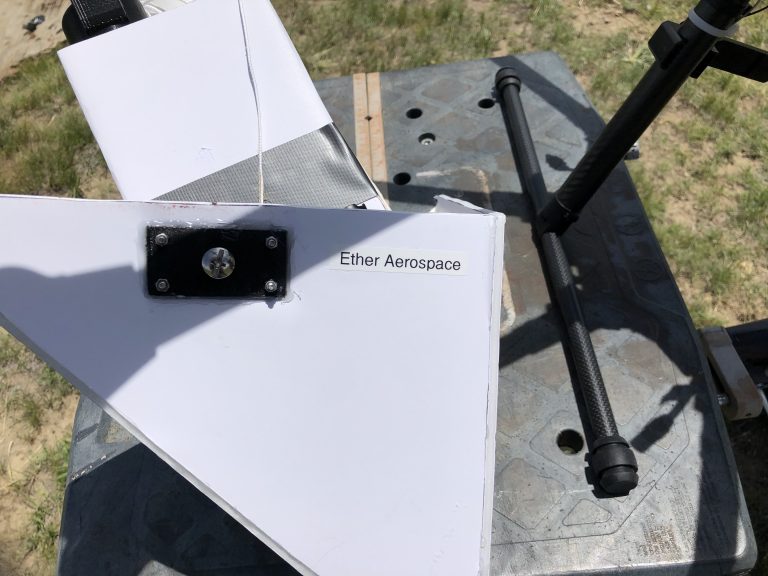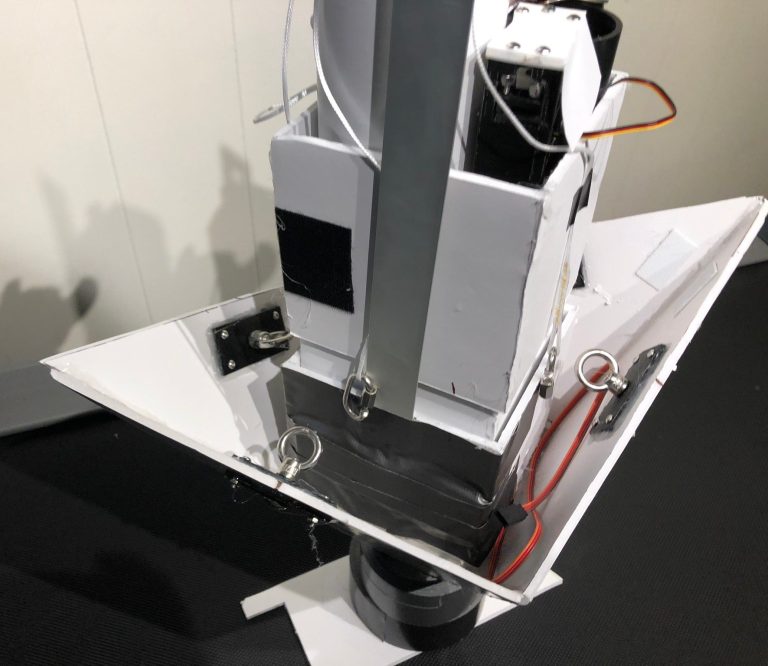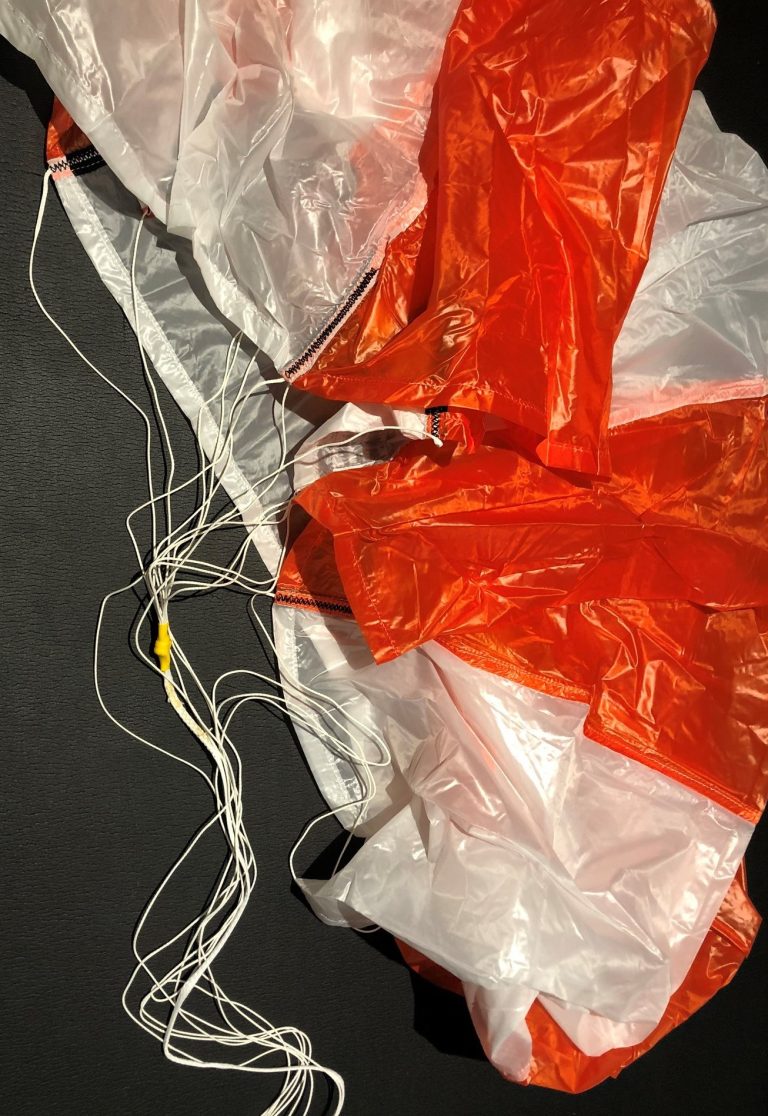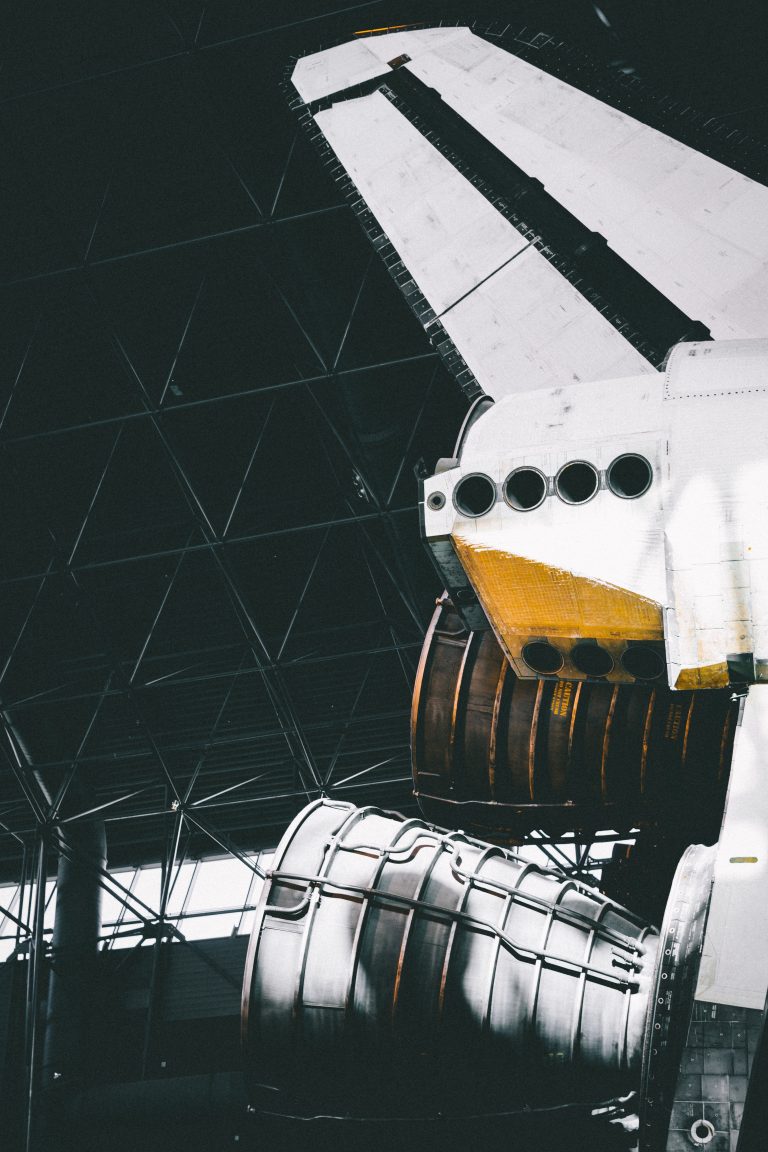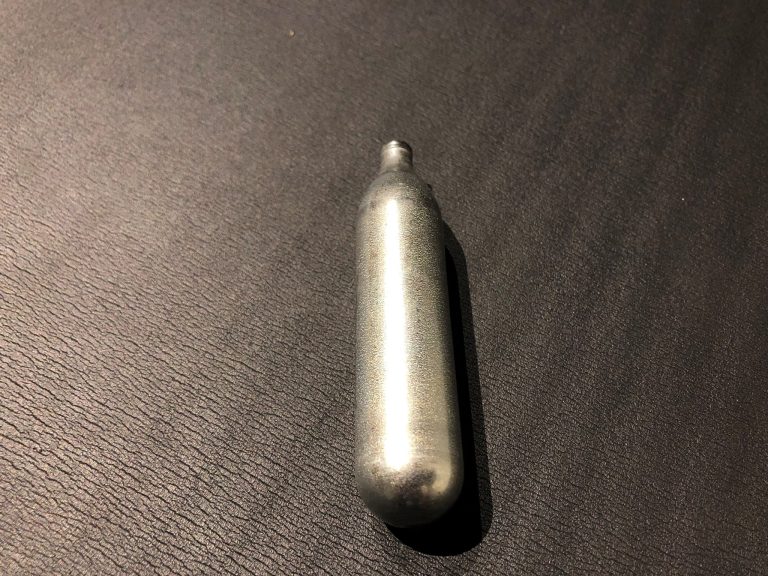Painting
In the past few weeks we have been focusing on finishing the assembly of the parachute segment. With the internal module complete, we moved on to the outer shell. This shell will be made from a large cardboard like tube and will protect the internal components from damage. It will also provide a mounting point…


